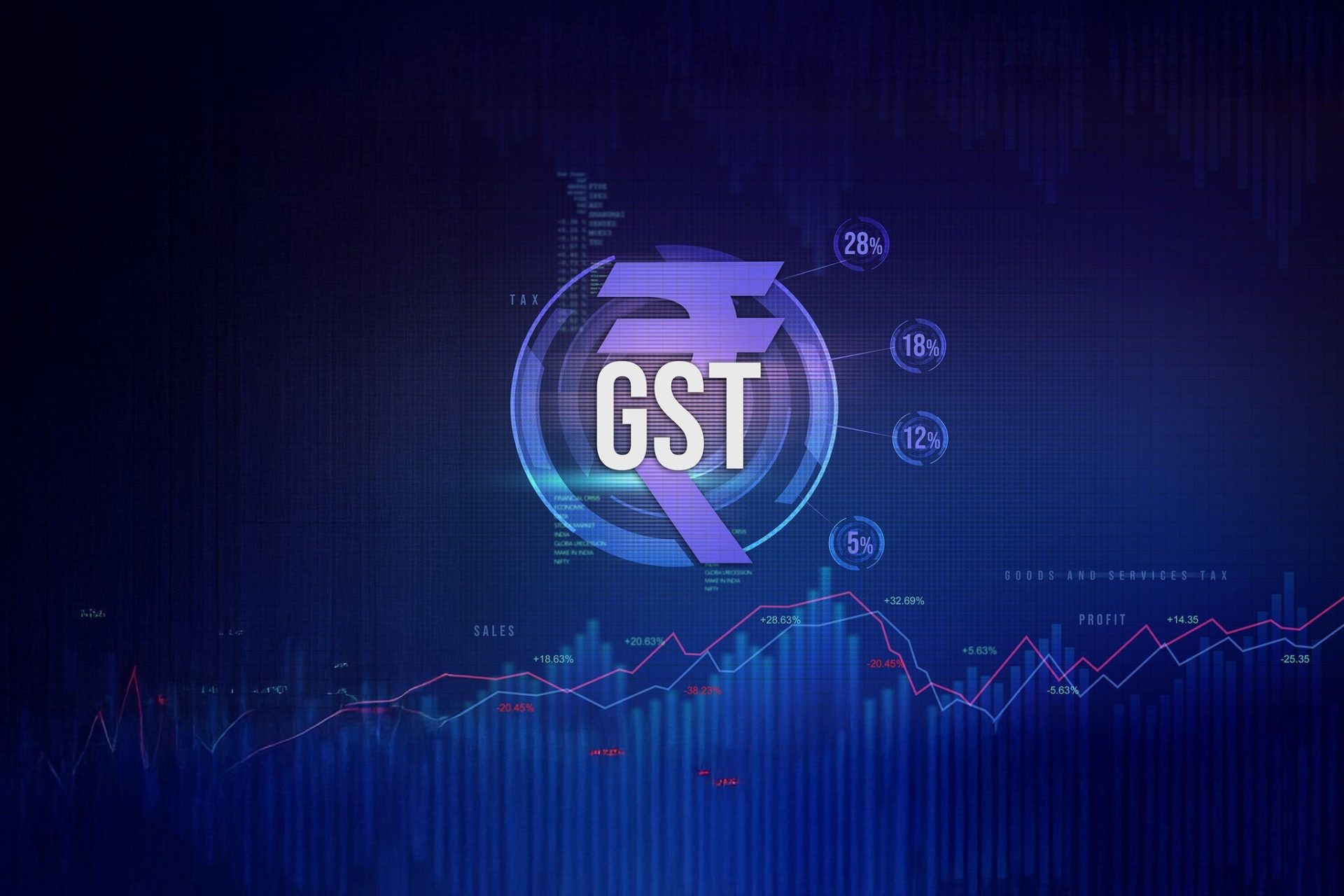The Government of India has taken a landmark step towards rendering the tax structure simpler and thereby easing the financial burden upon general public while Prime Minister Narendra Modi unveiled the next generation of GST reforms during the festive season, marking a pivotal moment in India’s economic transformation. The changes in GST rates have come into force on Monday, September 22; the news has come as a relief for the electronics industry.
As per the reports, the government has announced major concessions on taxes on many household electronics and technology products:
Electric Accumulators: The GST rate has been reduced from 28% to 18%, substantially lowering the cost of backup power solutions for digital devices and small appliances. This change is expected to boost the adoption of energy storage systems in homes and offices, especially in areas with unreliable power supply.
Composting Machines: With a reduction from 12% to 5%, the rates now encourage a wider acceptance of organic waste management and waste-to-energy solutions.
Two-Way Radios: Taxes have been shrunk from the erstwhile 12% to a meagre 5%. On one hand, such tariff change led to lowered procurement costs for the security forces, including the police department, paramilitary units, and defense establishments.
Industry experts wish these reforms have far-reaching benefits. According to the Industry experts, reduction will foster domestic demand, increase the sale of electronic goods and further enlarge the market for local producers.
Rationalised GST under the new reforms will, therefore, be better placed to make the electronics sector accessible, affordable, and competitive while also striving to sustain digitisation and empowerment on the government level.







